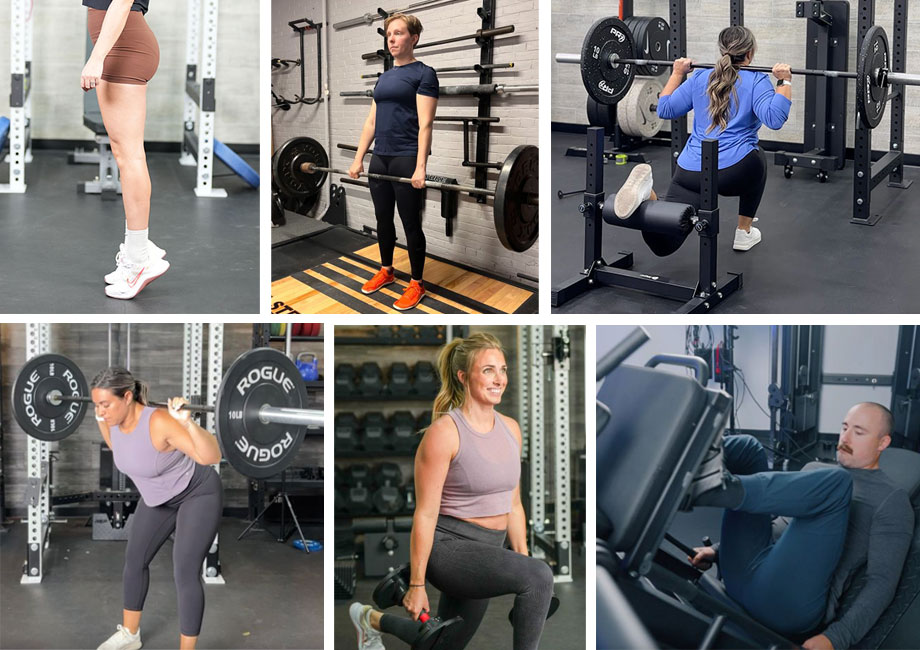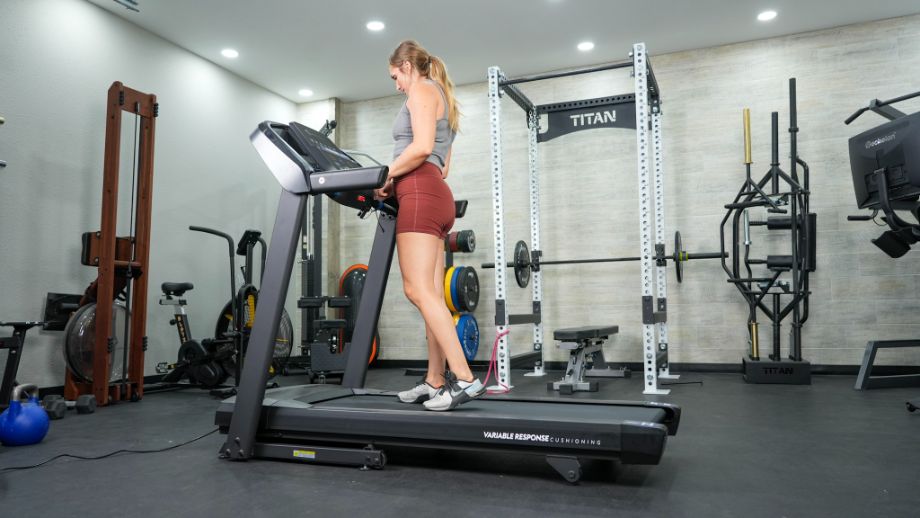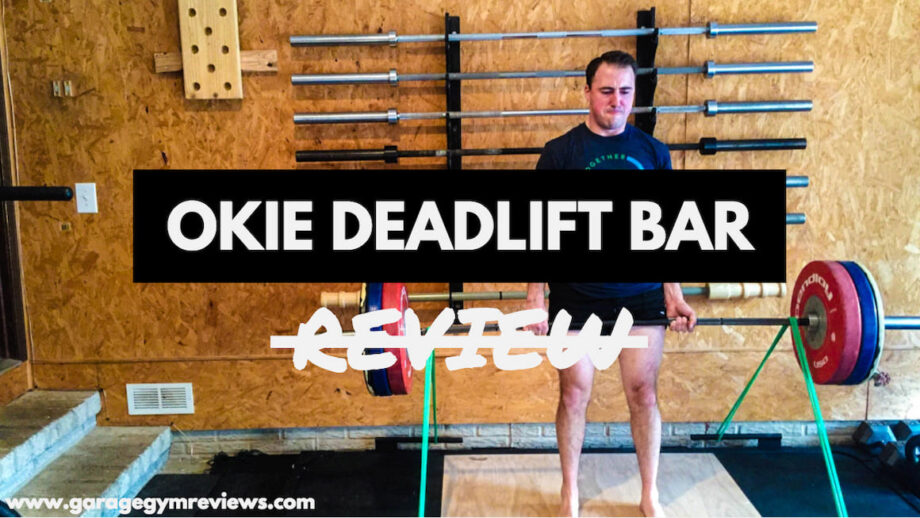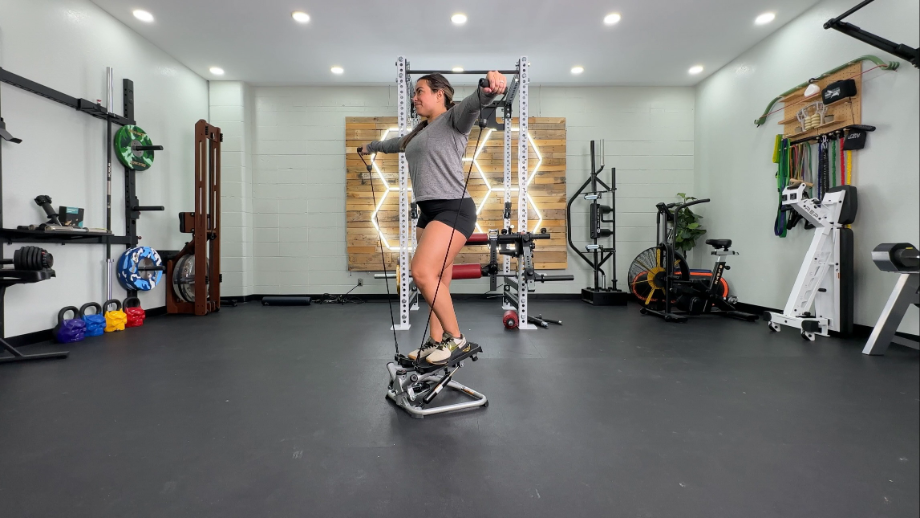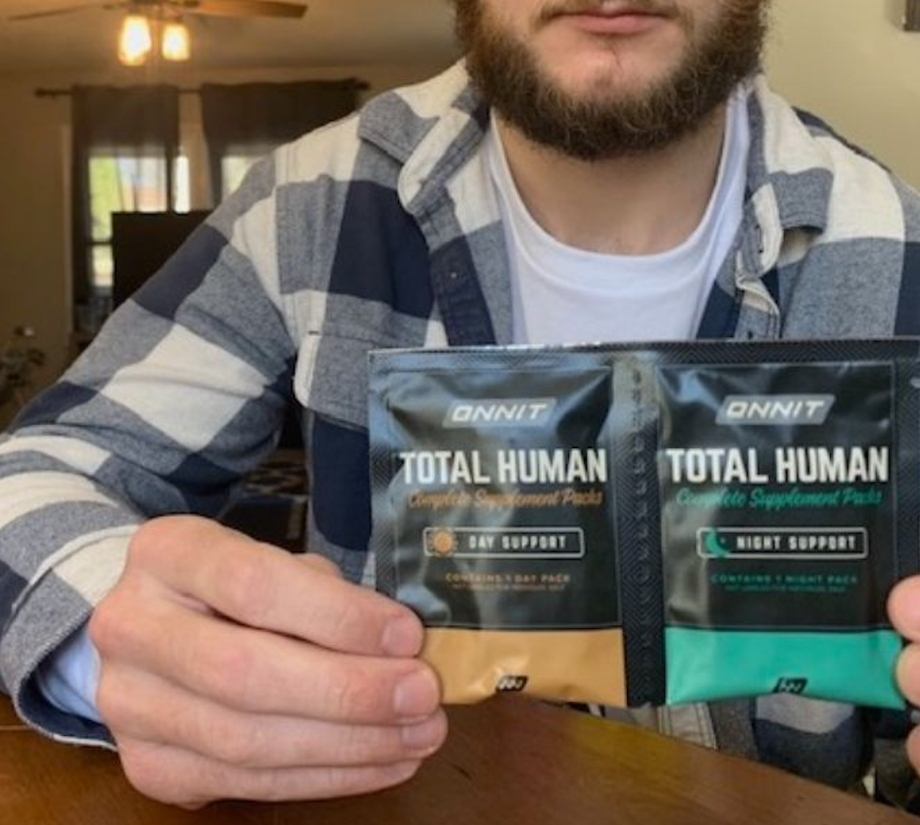If you’re serious about sculpting strong and well-defined legs, these carefully selected exercises are what you need to ensure every muscle fiber in your lower body gets the attention it deserves during your leg day workout routine.
I—a certified strength and conditioning specialist (CSCS)—will scope out the best leg exercises to build muscle and strength the next time you hit the gym. I’ll also dish out a few expert training tips, highlight the benefits of these formidable leg movements, and help you get started with a quick guide to warming up.
Read on to dominate your next leg session.
10 Best Leg Exercises
From classic compound lifts like squats, deadlifts, lunges, and leg presses to isolation exercises like leg curls and calf raises, here are 10 of the best leg exercises.
- Back squat
- Conventional deadlift
- Leg press
- Romanian deadlift
- Lunge
- Leg curl
- Good morning
- Hip thrust
- Calf raise
- Bulgarian split squat
Back Squat
Why do it: Few exercises in the gym rival the functionality of squats. The barbell back squat stands as a compound exercise that thoroughly tests the leg muscles. It demands engagement from the lower body and involves upper-body muscles to stabilize the weight and safeguard the spine, rendering it among the most comprehensive full-body workouts available.
How to do it:
- Load your weight, then position your hands on a racked barbell just outside shoulder width.
- Step under the bar, squeeze your traps, and rest the barbell on your upper back.
- Step back from the squat rack, standing firmly with your feet hip-width apart.
- Brace your core, bend your knees, and descend into a squat (aim for 90 degrees).
- Drive through your feet to stand back up.
- Repeat for desired reps then rerack the barbell between sets.
Common variations: Barbell front squat, dumbbell front squat, goblet squat, overhead squat, safety-bar squat, kettlebell squat, box squat, bodyweight squat.
Expert tip: As there are many variations of the squat exercise, choose the variation that best serves your goals. For example, a goblet squat can target your quads, inner thighs, and glutes, while an overhead squat can work your lower-body while helping you increase your strength and stability. If you’re a beginner or trying to improve your form, a simple body weight squat can help you get there.
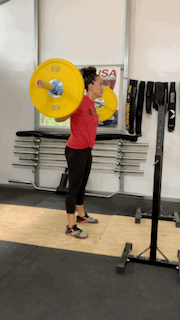
Conventional Deadlift
Why do it: Deadlifts are unparalleled for building functional strength and engaging your major muscle groups, including the glutes, hamstrings, quads, upper and lower back, abdominal muscles, and calves.
How to do it:
- Begin with your feet shoulder-width apart and your toes under the bar.
- Hinge at your hips and knees, and grab the bar with an overhand grip just outside your legs.
- Engage your core, lift your chest up, and straighten your back.
- Push through your feet to stand, straightening your legs, and driving your hips forward. Keep the bar close to your body without touching.
- Stand tall, pause, then lower the bar back to the ground with control by bending at your hips and knees.
- Reset and repeat for reps.
Common variations: Sumo deadlift, Romanian deadlift, kettlebell deadlift, dumbbell deadlift, stiff-legged deadlift, trap-bar deadlift.
For more, check out our guide to deadlift benefits, written by an Olympic lifter.
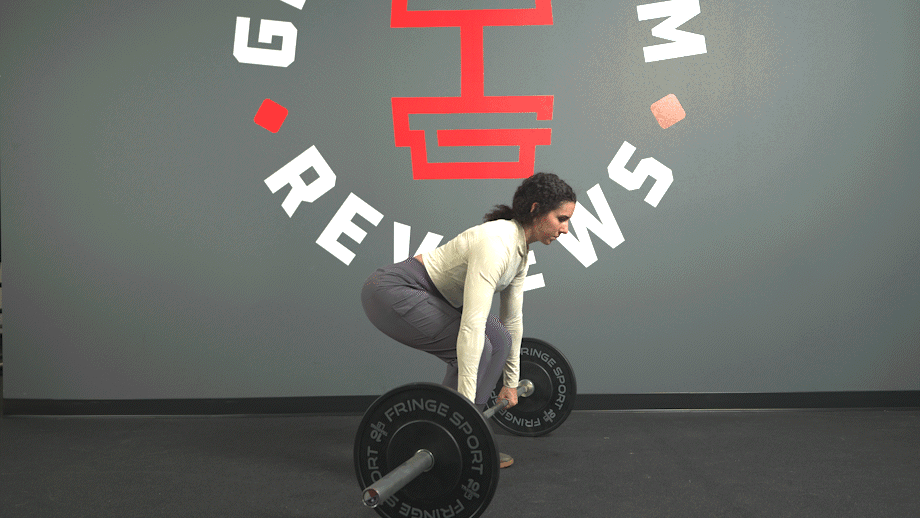
Leg Press
Why do it: The leg press machine often gets a bad rap from lifters, notably because it’s not a squat. However, it offers a valuable opportunity to target your quads while providing support for your back. It’s common to be able to handle heavier weights on the leg press compared to squats, making it an excellent choice for overloading your quads through a full range of motion.
How to do it:
- Sit on the leg press machine with your back firmly against the pad and your feet shoulder-width apart on the platform.
- Release the safety catch and extend your legs, keeping a slight knee bend.
- Lower until your knees form a 90-degree angle.
- Push the platform back to the starting position.
- Repeat for desired reps.
Common variations: Single-leg leg press, wide-stance leg press, narrow-stance leg press, high-stance leg press, low-stance leg press.
Expert tip: For optimal quad engagement, I recommend placing your feet lower on the sled and ensuring a complete range of motion, allowing your knees to travel back as far as your body allows.
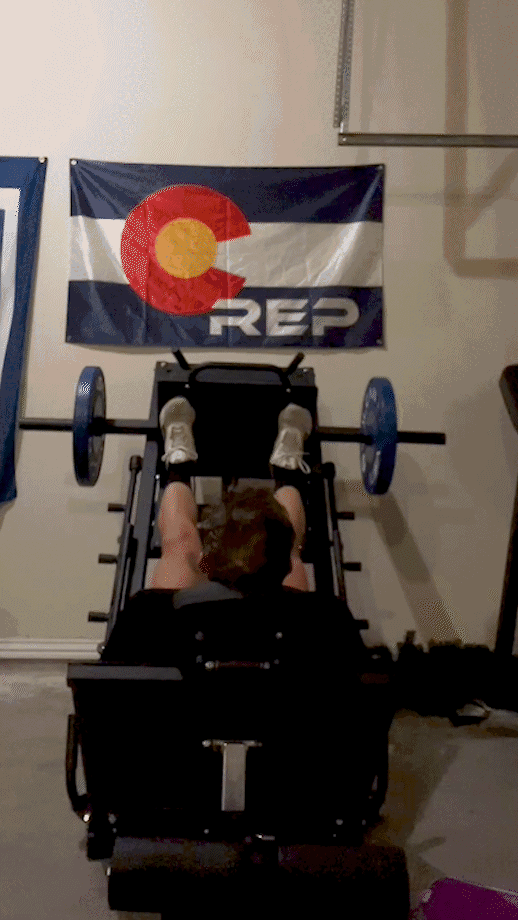
Romanian Deadlift (RDL)
Why do it: A close relative of the traditional deadlift, RDLs are one of the tried-and-true hip hinge exercises, potent for building muscle, strengthening, and mobilizing your posterior chain. The dynamic aspect of RDLs stems from the constant tension placed on the targeted muscle groups throughout the entire range of motion. RDLs require consistent engagement of the hamstrings and glutes as the lifter lowers the weight toward the ground and returns to the starting position.
How to do it:
- Grab the barbell with a shoulder-width overhand grip.
- Position your feet hip-width apart, flat against the floor.
- Lift the barbell to a standing position.
- Hinge forward by bending your knees slightly and pushing your hips back. Keep the bar close to your lower body as your chest leans forward.
- Lower the bar slowly until you feel your hamstrings stretch. Then, drive your heels into the ground and your hips forward (without hyperextending your back) to return to the starting position.
- Repeat for desired reps.
Common variations: Barbell RDL, kettlebell RDL, dumbbell RDL, single-leg RDL, staggered stance RDL.
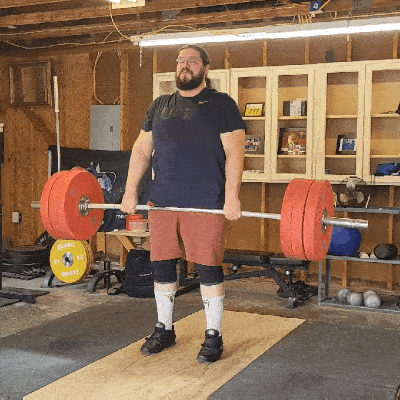
Lunge
Why do it: Lunges increase muscle activation1, leading to the effective development of lean muscle mass, single-leg strength, balance, and coordination. Additionally, they contribute to improved joint health and stability in the lower body.
How to do it:
- Stand tall with your feet hip-width apart and toes facing forward.
- Step forward with your left foot and lower your right knee until it’s nearly parallel to the floor.
- Push with your left leg and return to the starting position with your feet together.
- Switch sides and repeat for the desired sets and reps.
Common variations: Reverse lunge, walking lunge, lateral lunge, pendulum lunge.
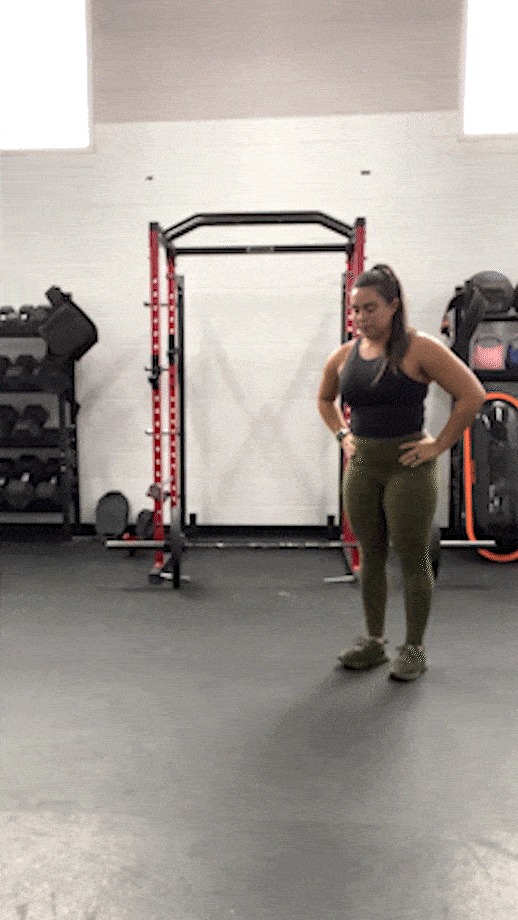
Leg Curl
Why do it: Leg curls target the distal (further away) hamstring muscles closer to the knee joint, while deadlifts, RDLs, and good mornings primarily work the hamstrings across the hip joint. The isolated nature of leg curls allows for greater muscle hypertrophy through focused sets and reps.
How to do it:
- Take a seated position with your back flat against the seat and place the backside of your lower legs on the curl pad.
- Squeeze your hamstrings and drive the weight down, allowing your knees to bend.
- Return to the starting position with control, feeling your hamstrings lengthen.
- Repeat for desired reps. Switch legs if performing single-leg curls.
Common variations: Standing leg curl, Nordic hamstring curl, stability ball leg curl, slider leg curl, single-leg leg curl.
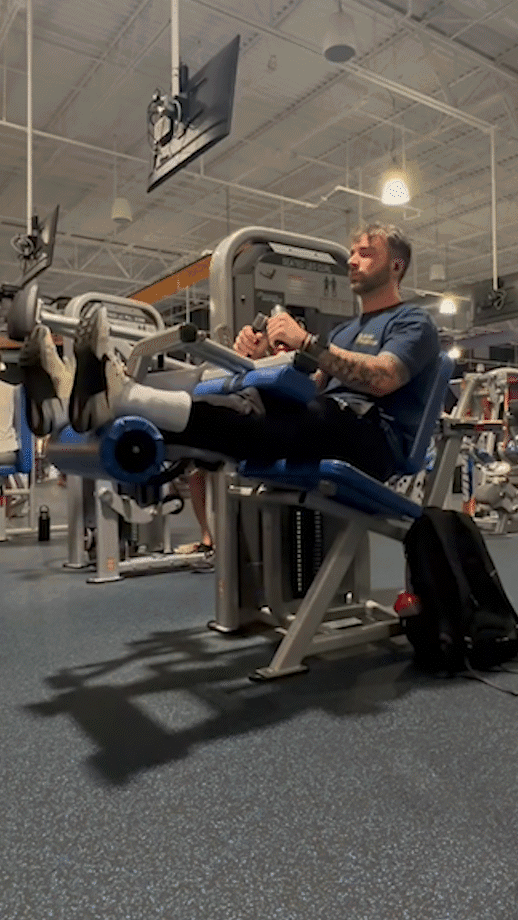
Good Morning
Why do it: During the good morning exercise the positioning of the bar allows you to target your posterior chain, specifically focusing on your glutes and hamstrings, even with lighter weights. As your torso leans forward, the barbell shifts away from your body’s center of mass, which increases the stretch on your hamstrings despite using lighter loads.
How to do it:
- Position your feet shoulder-width apart and your knees slightly bent and a barbell resting against your shoulders.
- Push your hips back and lower your chest toward the floor, squeezing your core tight.
- Continue lowering your chest until it’s almost parallel to the floor.
- Drive your hips forward as you stand, slowly returning to the start position.
- Repeat for desired sets and reps.
Common variations: Dumbbell good morning, Zercher good morning, single-leg good morning, medicine ball good morning, banded good morning.
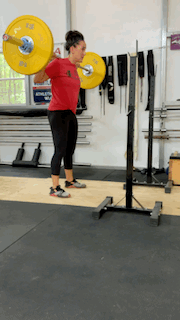
Hip Thrust
Why do it: Hip thrusts are another hip hinge exercise that elevates the traditional glute bridge by raising the shoulders, allowing for a wider range of motion. This position exclusively targets your glutes2 compared to other hinges like deadlifts and RDLs, developing strength and hypertrophy while stimulating greater muscle activation.
How to do it:
- Sit on the ground with your upper back against a bench or sturdy surface.
- Bend your knees and keep your feet flat on the floor, hip-width apart.
- Drive through your heels, pushing your hips upward until your body forms a straight line from your shoulders to your knees.
- Squeeze your glutes at the top of the movement, then lower your hips to the starting position.
- Repeat for the desired sets and reps.
Common variations: Barbell hip thrust, dumbbell hip thrust, single-leg hip thrust, heel-elevated hip thrusts, landmine hip thrusts.
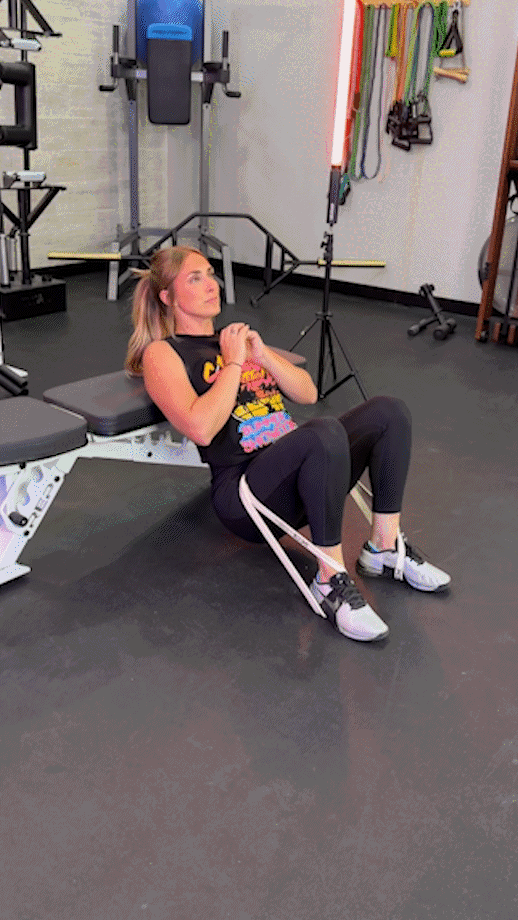
Calf Raises
Why do it: Calf raises are an excellent way of strengthening the calf muscles and ligaments in your lower legs, particularly around the ankle area. During explosive workouts, they contribute to improved ankle stability, mobility, and overall lower-body power.
How to do it:
- Stand with your feet hip-width apart.
- Push through the balls of your feet to lift your heels off the ground as high as possible.
- Pause at the top of the movement, squeeze your calves, and slowly lower your heels back to the ground.
- Repeat for desired sets and reps.
Common variations: Barbell calf raise, dumbbell calf raise, single-leg calf raise, deficit calf raise, seated calf raise.

Bulgarian Split Squat
Why do it: Bulgarian split squats amplify the load the single working leg handles compared to traditional split squats, leading to enhanced strength gains. Additionally, the elevated rear foot allows for a greater range of motion with each repetition, boosting muscle size in your quads, abductors, adductors, and glutes.
How to do it:
- Position your left foot on an elevated surface, with your rear knee under your hip.
- Place your right foot forward in a lunge position, keeping your front shin vertical.
- Lower your knee toward the ground.
- Drive through your right leg to squat up.
- Repeat desired reps.
Common variations: Raised Bulgarian split squat, Isometric Bulgarian split squat, barbell Bulgarian split squat, goblet Bulgarian split squat, suitcase Bulgarian split squat.
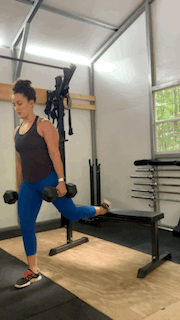
Expert Training Tips
Now that you have your list of leg exercises, here are a few technique tips I share with clients.
Warm-up
Prepare your body to tackle the upcoming challenges head-on. A well-executed warm-up enhances performance and significantly reduces the risk of injury, a common obstacle preventing you from reaching your fitness goals.
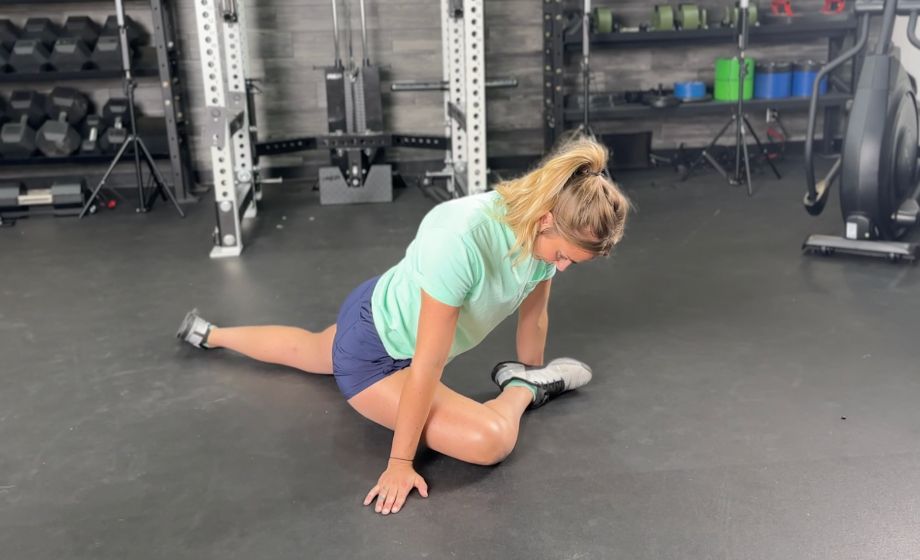
RELATED: Best Warm-Up Exercises
Use a Variety of Exercises
Enhance your workouts by incorporating diverse exercises. Begin with bilateral compound movements, like squats and deadlifts, to engage multiple muscle groups simultaneously, then transition to unilateral and isolated exercises, like leg curls, and calf raises, to target specific muscle groups. Additionally, include movements in various directions, such as rotational and frontal plane exercises like lateral lunges, which are sometimes overlooked but crucial for overall strength and mobility.
Progressive Overload
Progressive overload is a fundamental principle in strength training that involves gradually increasing the demands on the muscles over time, whether lifting more weight for the same sets and reps weekly or increasing your workout volume. Progressive overload is crucial in stimulating muscle growth and strength development.
Here’s a simple week-to-week model to follow using your rate of perceived exertion (RPE):
- Week 1: Moderate
- Week 2: Moderate-heavy
- Week 3: Moderate-light (deload)
- Week 4: Heaviest (this doesn’t mean failure!)
Benefits of Leg Exercises
There are many benefits to training your legs, but for the sake of brevity, I’ve narrowed it down to four.
Helps Build Muscle and Strength
Compound exercises like squats, deadlifts, leg presses, Romanian deadlifts (RDLs), hip thrusts, and good mornings engage multiple muscle groups simultaneously, offering excellent strength development. Isolation exercises such as leg curls, leg extensions, and calf raises target specific muscles for focused growth and development.
Conversely, unilateral movements such as lunges, single-leg RDLs, single-leg hip thrusts, and Bulgarian split squats cultivate single-leg strength and hypertrophy, mitigating lower body asymmetries while promoting balanced development.

By carefully crafting the best leg exercises into your workouts, you can harness these benefits to develop muscle mass and strength in key muscle groups such as the quads, hamstrings, glutes, calves, and core.
Increases Calories Burned
Leg exercises may help increase your calories burned during training. In an August 2012 study in Current Sports Medicine Reports3, researchers found that resistance training consistently demonstrates significant increases in lean muscle mass and metabolic rate, accompanied by significant decreases in fat weight.
Engaging larger muscle groups during your leg workouts, such as the quadriceps, hamstrings, and glutes, requires substantial energy expenditure. Exercises like squats, lunges, and deadlifts strengthen and improve fat-free mass in the lower body and elevate the heart rate and metabolic rate, leading to increased calorie burn during and after your workout.
RELATED: Kettlebell Leg Workout
Lowers Injury Risk
Lower-body resistance training provides numerous benefits for injury prevention4, such as:
- Strengthening muscles and connective tissue
- Improving joint stability and balance
- Enhancing bone density
- Improving flexibility and range of motion
- Avoiding muscle imbalances
- Increasing your overall fitness level
How to Warm Up for Leg Day
As a tenured coach with a decade under my belt, there are three things I believe every athlete and gym-goer can control in the gym: attitude, effort, and preparation.
Allow me to dish out the best practices for warming up for your next leg-pumping workout:
Movement: Engage in various movements to get your body active and your heart rate up. Movements can include a combination of squats, lunges, push-ups, or simpler activities such as using a stationary bike or rower. The goal is to initiate movement and elevate your heart rate, priming your body for the upcoming workout.
Mobility: Prepare for your workout by focusing on mobility exercises. Begin with soft tissue work, using foam roller exercises to loosen tight muscles. Then, incorporate mobility exercises to enhance flexibility and range of motion. Consider deep lunge stretches with a t-spine rotation, yoga push-ups, and leg swings as effective options to prime your body for the workout ahead.

Activate: Activation is the “light switch” for your muscles, priming them for optimal performance. Choose an upper body movement like band pull-aparts or a core exercise like plank holds. Prepare your hips with mini-band walks, squats, or bodyweight lunges to activate the necessary muscle groups. This step ensures your muscles are engaged and ready to tackle the upcoming workout.
Sample warm-up:
- Stationary bike x 2-3 minutes, low intensity
- Deep lunge with t-spine rotation x 5 reps, per side
- Yoga push-up x 10 reps
- Leg swing (FWD/BWD) x 10 reps, per side
- Band pull-apart x 20 reps
- Mini-band squat x 10 reps
- Plank with shoulder tap x 5 reps, per side
RELATED: Stationary Bike Workout for Beginners
Best Leg Exercises: FAQs
What is the best overall leg exercise?
It should come as no surprise that many trainers and fit folks believe that squats are the best overall leg exercise. Programming squats into your workouts will help boost leg strength and muscle mass across key areas such as your quads, hamstrings, glutes, calves, and even abdominal muscles. Beyond strengthening and sculpting muscles, squats improve your balance, stability, and lower-body mobility.
RELATED: Best Leg Machines
Is four exercises enough for legs?
Four exercises are plenty for developing strong legs. While there are typically more than a couple variables that factor in, a few things to consider are:
– The distribution of training volume of lower push (squats, lunges, etc.) and lower hinge/hip-dominant exercises (deadlifts, hip thrusts, good mornings, etc.)
– Your weekly training volume should target each muscle group two to three times weekly. Research suggests that aiming for –10 to 20 sets per muscle group5 per week is optimal. Beginners should start at the lower end of this range, while intermediate and advanced lifters can benefit from the middle to upper range.
– Programming bilateral exercises (squats, deadlifts, etc.) and unilateral exercises (lunges, single-leg RDLs, etc.) helps to reap the beneficial effects6 of both movements.
Should I train legs every day?
While you theoretically could train your legs every day, it’s not ideal. ACE Fitness7 recommends training your lower body twice weekly, ensuring 48 to 72 hours of rest between sessions. This advised frequency is because the lower body muscles are generally larger, demanding more energy and effort during lower-body workouts.
By spacing out these sessions, you allow for optimal recovery and growth, maximizing the effectiveness of your training regimen. It’s always best to cater your workouts—and recovery—to your workout schedule and goals.
RELATED: Cool Down Exercises
How can I build my legs fast?
Building your legs fast means crafting a tailored workout program aligned with your fitness goals. Incorporate diverse lower body exercises to target larger and smaller muscle groups, adjusting sets and reps to match your desired outcomes—strength, hypertrophy, or muscular endurance. Enhance this regimen with a thorough recovery routine and a nutrient-dense diet.
References
- Eliassen W, Saeterbakken AH, van den Tillaar R. COMPARISON OF BILATERAL AND UNILATERAL SQUAT EXERCISES ON BARBELL KINEMATICS AND MUSCLE ACTIVATION. Int J Sports Phys Ther. 2018;13(5):871-881.
- Neto WK, Vieira TL, Gama EF. Barbell Hip Thrust, Muscular Activation and Performance: A Systematic Review. J Sports Sci Med. 2019 Jun 1;18(2):198-206. PMID: 31191088; PMCID: PMC6544005.
- Westcott, Wayne L. PhD. “Resistance Training is Medicine: Effects of Strength Training on Health.” Current Sports Medicine Reports, vol. 11, no. 4, July/August 2012, pp. 209-216. DOI: 10.1249/JSR.0b013e31825dabb8.
- Bel L, Mathieu N, Ducrest V, Bizzini M. Lower Limb Exercise-Based Injury Prevention Programs Are Effective in Improving Sprint Speed, Jumping, Agility and Balance: an Umbrella Review. Int J Sports Phys Ther. 2021;16(6):1396-1404. Published 2021 Dec 1. doi:10.26603/001c.29860
- Built With Science. “How Many Sets Per Muscle Group Per Week?” Available from: https://builtwithscience.com/fitness-tips/how-many-sets-per-muscle-group-per-week/. Accessed February 16, 2024.
- Zhang W, Chen X, Xu K, et al. Effect of unilateral training and bilateral training on physical performance: A meta-analysis. Front Physiol. 2023;14:1128250. Published 2023 Apr 13. doi:10.3389/fphys.2023.1128250
- ACE Fitness. “How to Select the Right Volume and Frequency for Your Clients.” Available from: https://www.acefitness.org/resources/pros/expert-articles/4940/how-to-select-the-right-volume-and-frequency-for-your-clients/?irgwc=1&utm_source=Affiliate&utm_campaign=12960&clickid=WbqxqWz9oxyPWFzxw%3AUL1VKgUkH1nZWFyw3u1M0&utm_content=Online%20Tracking%20Link_984595&utm_medium=Impact&utm_channel=Affiliate_Marketing. Accessed February 16, 2024.


